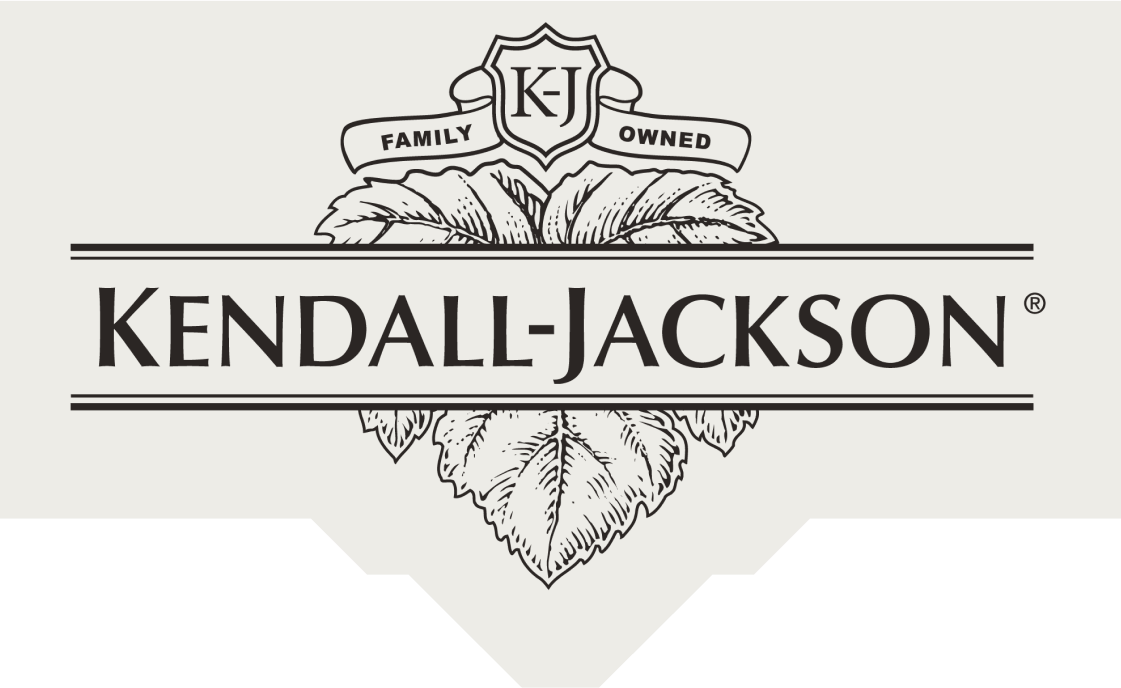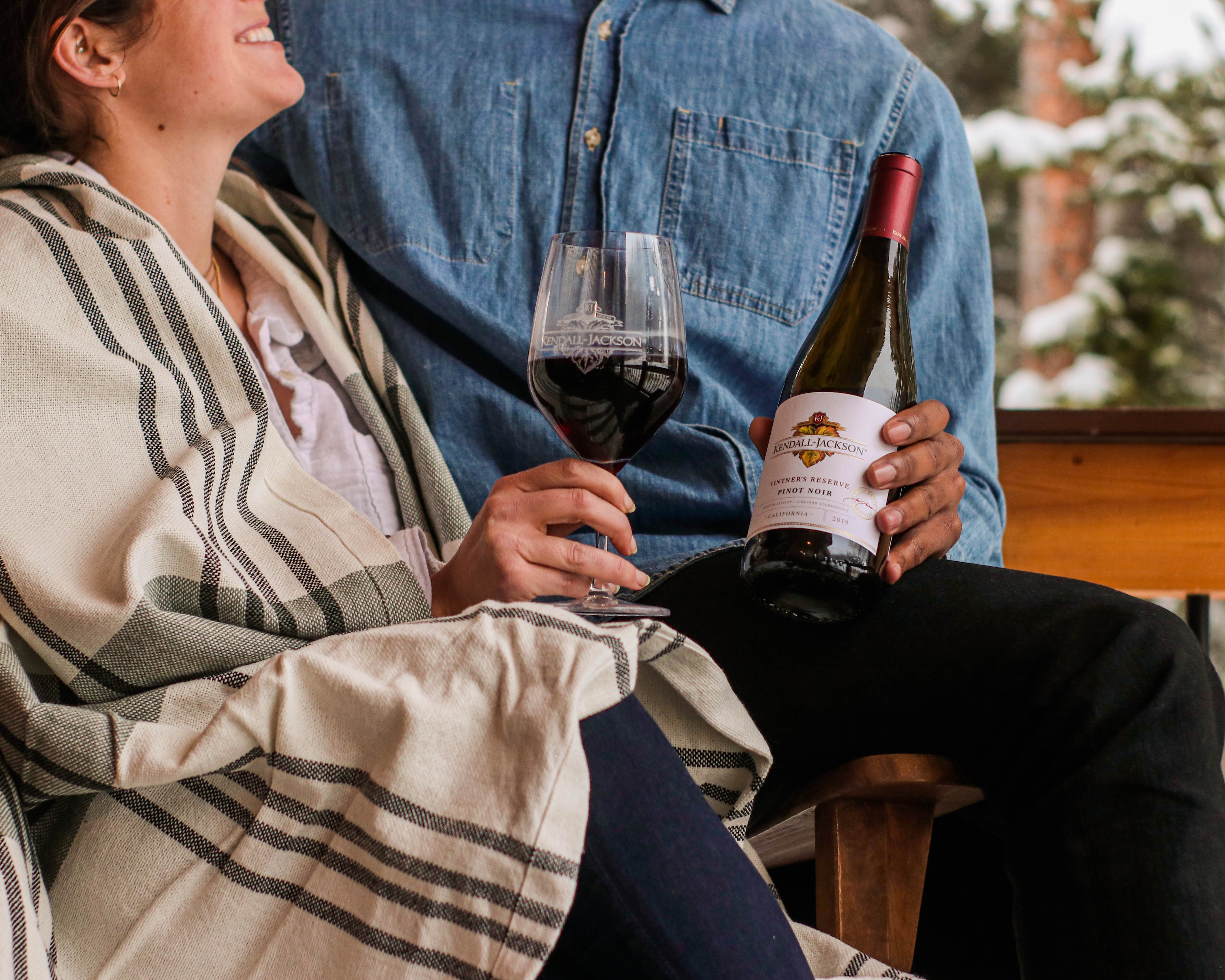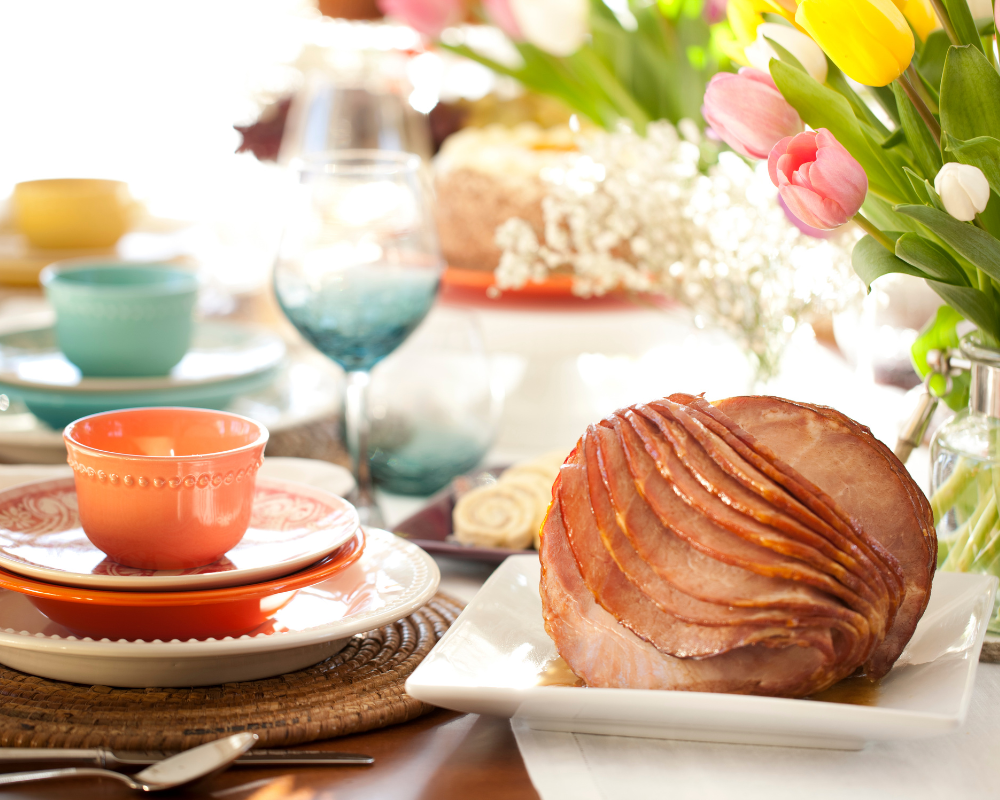The 8 Best Wine Accessories Every Wine Drinker Should Own
Enjoying the best wine wine today can be as formal or casual as you’d like. Regardless the context, we have so many wine tools to accessorize our wine drinking moments that I am reminded of clothes designer Marc Jacobs’ quote, "To me, clothing is a form of self-expression - there are hints about who you are in what you wear."
Such can be said about wine accessories today, some of which would be more accurately described as wine gadgets. While none of these are necessary, they can definitely enhance a wine sipping experience. So, here are eight best wine tools every wine drinker should own. Along with these suggestions, I’ll let you in on something: none of these wine accessories need to break your budget.
1. A good wine glass
A nice wine glass can change your drinking experience in many ways. That’s not just the case for wine. Just imagine sipping your morning smoothie out of a plastic to-go cup versus from a nice highball glass (possibly on the patio of a resort). There’s a moment for both, but the nice glass offers a more refined experience.
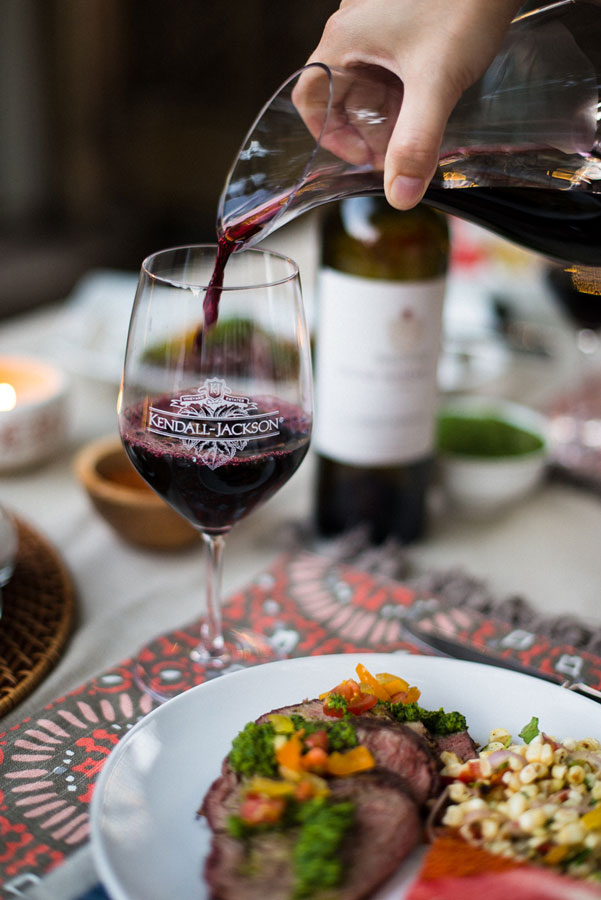
A good glass isn’t just an aesthetic wine gadget though. The same wine sipped from different glasses can taste strikingly different. There are loads of crystal (the leading glass standard) wine glass brands to choose from: Zalto, Riedel, Stolzle, Schott Zwiesel and Bormioli are just a few. But, you can part with some pretty tidy sums to use these names. Instead, you can use good judgment and look for a nicely bellied, thin-lipped, slightly curved-in-at-the-top glass and buy it at your local department or discount store. For the skinny on wine glasses, here’s Your Premier Guide to Types of Wine Glasses, including tips on glass sizes, shapes and more!
2. A good cork pull, corkscrew, wine opener or wine “key”
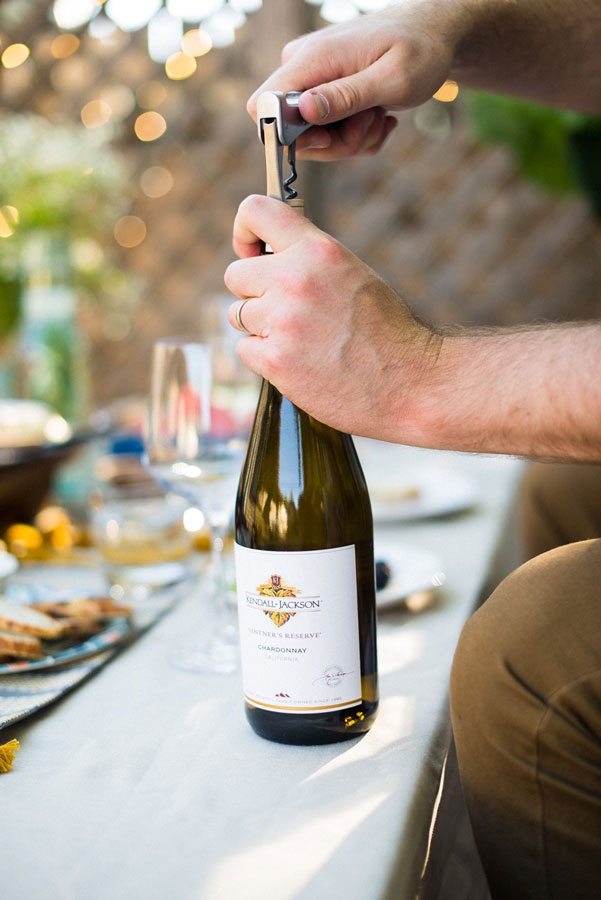
All sorts of wine bottle openers are available these days, including delightfully gadget-y ones that come with charging stations! Through many years of trials, my favorite corkscrew remains the “waiter’s friend”, or sommelier’s corkscrew. The easiest to use are double-hinged – like Pulltap’s - so that you can open the bottle without stressing the cork or your wrist. If you shop around, you can find one for less than $10! Laguiole, Code38 and some other higher-end options are more visually fetching but not double-hinged. That can make removing a cork a bit trickier, especially on luxury level wines stoppered with extra-long corks.
Twist style corkscrews, like Le Creuset’s Self-Pulling Model are super easy to use and astonishingly simple devices. Just be sure to pick up a foil cutter like an Edgy, as there isn’t one attached as there is on a waiter’s friend. For opening (decades) old wine bottles, Ah-So wine openers can save a lot of potential trouble with a crumbly cork. It can be tedious to gently wedge the two prongs down the sides of the cork, but it’s even more wearisome to filter-decant a wine with crumbled cork swimming in it.
3. A good wine decanter
Decanting is not just for old, rare wines (possibly uncorked with an Ah-So!) In fact, exceptionally old wines are often the absolute worst to decant aroma-wise because time already may have weakened their aromatic intensity to the point that it’s crucial to preserve rather than further evolve aromas. That written, decanting older wines is almost always good for ridding your drink of accumulated sediment.
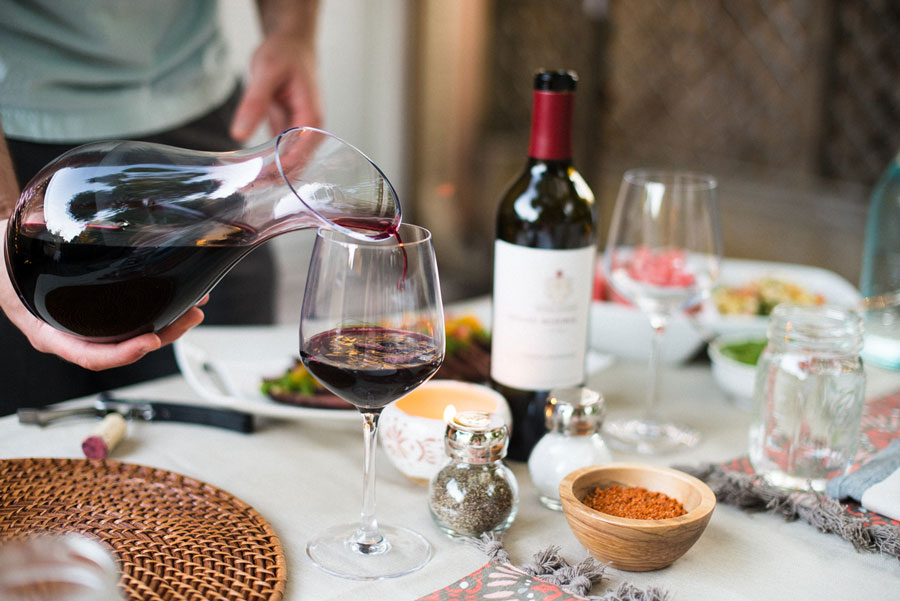
Otherwise, almost any wine, red, rosé or white, benefits from decanting. The bolder the wine is in flavor, drying tannins and alcohol, the better it is to have a larger wine-to-air surface ratio. A classic decanter in this style looks like the Ravenscroft Infinity Decanter. Light to mid-weight wines usually perform better in decanters with a smaller air to wine ratio. The Zalto Carafe No 75 is a good example. The other most important factors to consider are ease of pouring, ease of cleaning and space for storage.
4. A good wine cooler or ice bucket
Having a reliable way to keep a wine bottle at the right temperature – especially white, rosé and sparkling - is important. An ice bucket or wine cooler allows you to keep your wine at the right temperature while it’s at your side. The wine bucket should be deep enough to allow the ice (with a little bit of water and salt added) to come up to the bottle’s shoulder, or the slope before the long, tubular “neck”. (Nota bene: Check dimensions before you buy. A lot of “ice buckets” are just that. They are meant to hold ice for cocktails or other drinks and are not intended to be large enough to keep wine bottles cold.)
One innovative, elegant and mess-free alternative is the Corkcicle. Pop this “cork icicle” into the mouth of the bottle to keep your wine cool. You can even pour directly from the spout! For outdoors use, I love Ice Bags. They are made of lightweight plastic, are collapsible and are water tight for holding water and ice. Wine Cooler Sleeves, like these from Le Creuset are also great for keeping wine cool while on the move. In my experience, wine chillers constructed of marble, copper, terra cotta and other materials that are designed to keep bottles cold without water and ice demonstrate varying degrees of success.
5. A good wine notation system
It can be fun to keep track of wine bottles sipped, a bit like writing a vinous diary. Any notebook will do, but lots of wine professionals like the Moleskin Classic Notebook. Alas, Smythson no longer makes its beautiful Wine Memoranda book, but it does make a super sleek and terribly elegant Cellar Book (best for home use as it’s not practical for carrying around). A fun way to add color to a cellar book is by using Wine Label Savers to remove labels then paste them into the cellar book.
Most practical for notations, if you are smartphone equipped, are wine apps like Vivino and Delectable. You snap photos of your wine labels and type in your notes and ratings. You can also find friends’ notes on the same or other wines, if you are so inclined.
6. A good wine preservation system
As reality has it, not every bottle will be finished on the night it is opened. Happily, there are plenty of wine gadgets for preserving your wine for a night or two, if not longer, depending on the system. First, invest in a can of Private Reserve, which is a heavy, inert gas you spray into a bottle to help push out lighter oxygen gas.
Second, use a good stopper. For Champagne, any sort of sparkling wine stopper will work, but ones that hug the neck are less likely to allow CO2 (that’s the bubbles) to escape if the bottle gets knocked around in your fridge. (Caution: NEVER place a regular cork from a still wine bottle into a sparkling wine bottle. The gas pressure can force the cork out without warning, possibly causing injury.) For still wines, use a Vacu Vin Stopper and pump to help draw air out of the bottle.
There’s a final option that involves never opening the bottle in the first place. This only works with wine bottles sealed with natural corks. Coravin is a relatively new wine tool that uses a needle to push through a cork in a closed bottle. The needle pushes inert gas into the bottle, which in turn pushes wine back up the needle and into a glass through a spout. It takes some getting used to, but it can be a great wine gizmo to allow you to drink a glass or two at a time while keeping a wine in a sound, unopened state.
7. A good wine refrigerator or wine cellar
Between the space and cash required, a wine refrigerator – much less a customized wine cellar – may be a luxury. If most of your wines are enjoyed within a few weeks of their purchase and you store them in a reasonably temperature-controlled environment, you can get by without one. (Check out this guide on How to Store Wine Properly.) However, if you buy a lot of wine and do want some of it to age to benefit, a refrigerator is a wine tool well worth the investment. From counter-top versions that store one case to floor-to-ceiling units with drawers holding two bottles deep, you won’t want for options and colors. Quite a few retailers sell wine fridges, but each time I have purchased one, I appreciated speaking with a specialist who was also a wine geek and understood my needs. The sales team at WineEnthusiast.com did a great job each time. If you ever become ready to outfit a cellar, they can help with that, too.
8. Some good wine books
Wine is fun yet complex liquid whose vinous powers often encourage drinkers to learn about it. Considering how many wine books there are, I suggest buying a book to cover a wide range of styles, grapes and regions, such as Karen MacNeil’s Wine Bible. Make sure there are maps and some photos to give more color to the information, and make sure it’s a more recent book, too. The wine world evolves at a very rapid speed! Then, if there are types of wine you particularly love, look into books of that region or wine grape. Some of my top picks would be Stuart Pigott’s The Best White Wine on Earth: The Riesling Story, Jon Bonné’s The New California, or Peter Liem’s Champagne: The Essential Guide to the Wines, Producers, and Terroirs of the Iconic Region. Fascinated by the art of food and wine pairing? Jane Parkinson’s Wine & Food: Perfect Pairings Every Time is a great place to start.
Like with all things fashion, it’s easy to get caught up in too many accessories. In the words of Sophia Loren, “A woman’s dress should be a like a barbed-wire fence: serving its purpose without obstructing the view." In the end, wine accessories should help us enjoy wine more than make us worry about collecting all of the right ones!
Christy Canterbury is a Master of Wine, journalist, speaker and judge based in New York City. In 2014, she was short-listed for the Roederer Online Wine Communicator of the Year Award. Her work has been published in Decanter, Wine Enthusiast, Edible Green Mountains, Wine Searcher, Food Arts, Snooth, Beverage Media, TimAtkin.com, Civiltà del Bere, Wine Business Monthly, TASTED, Selectus Wines and in other outlets.
